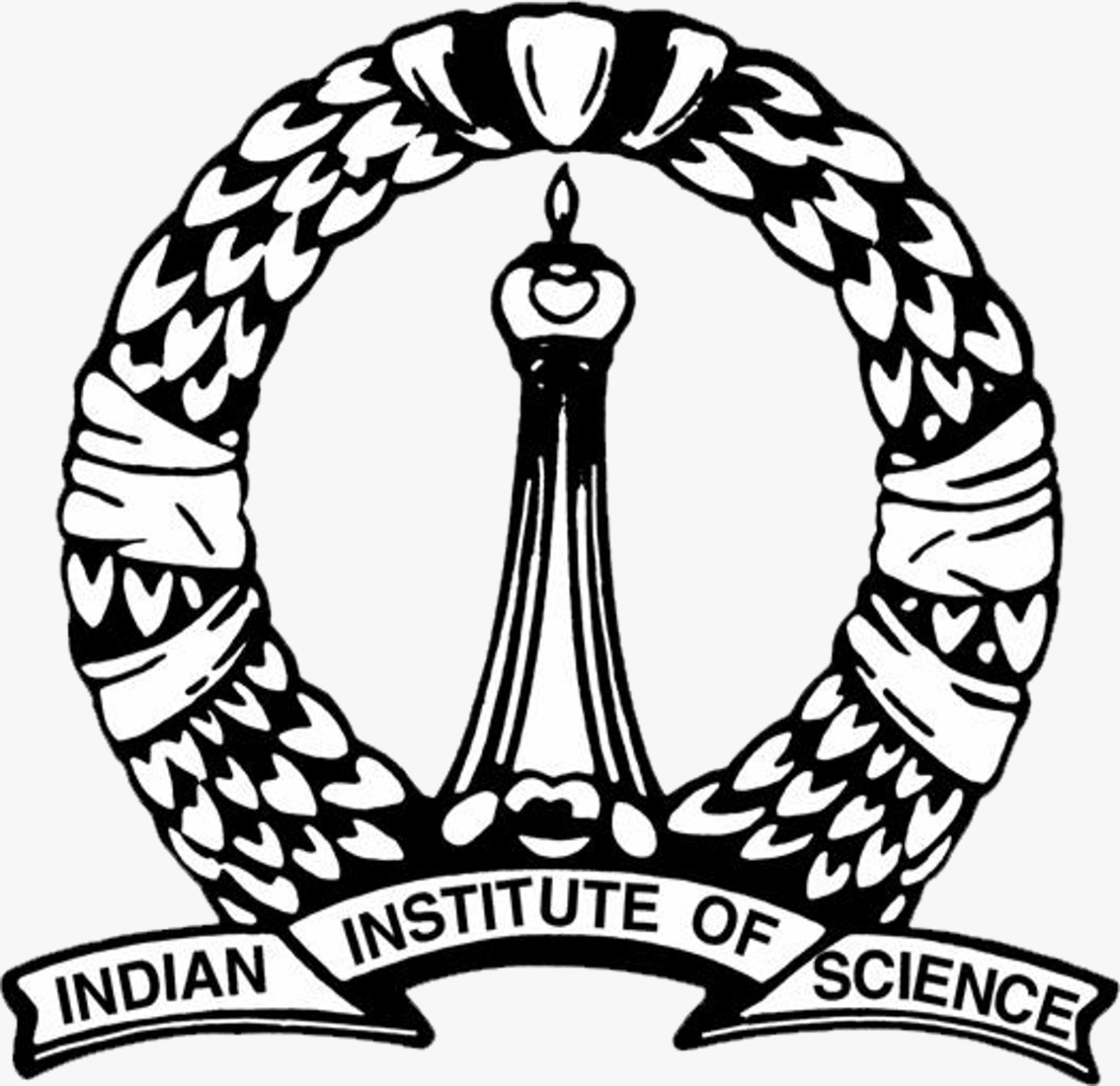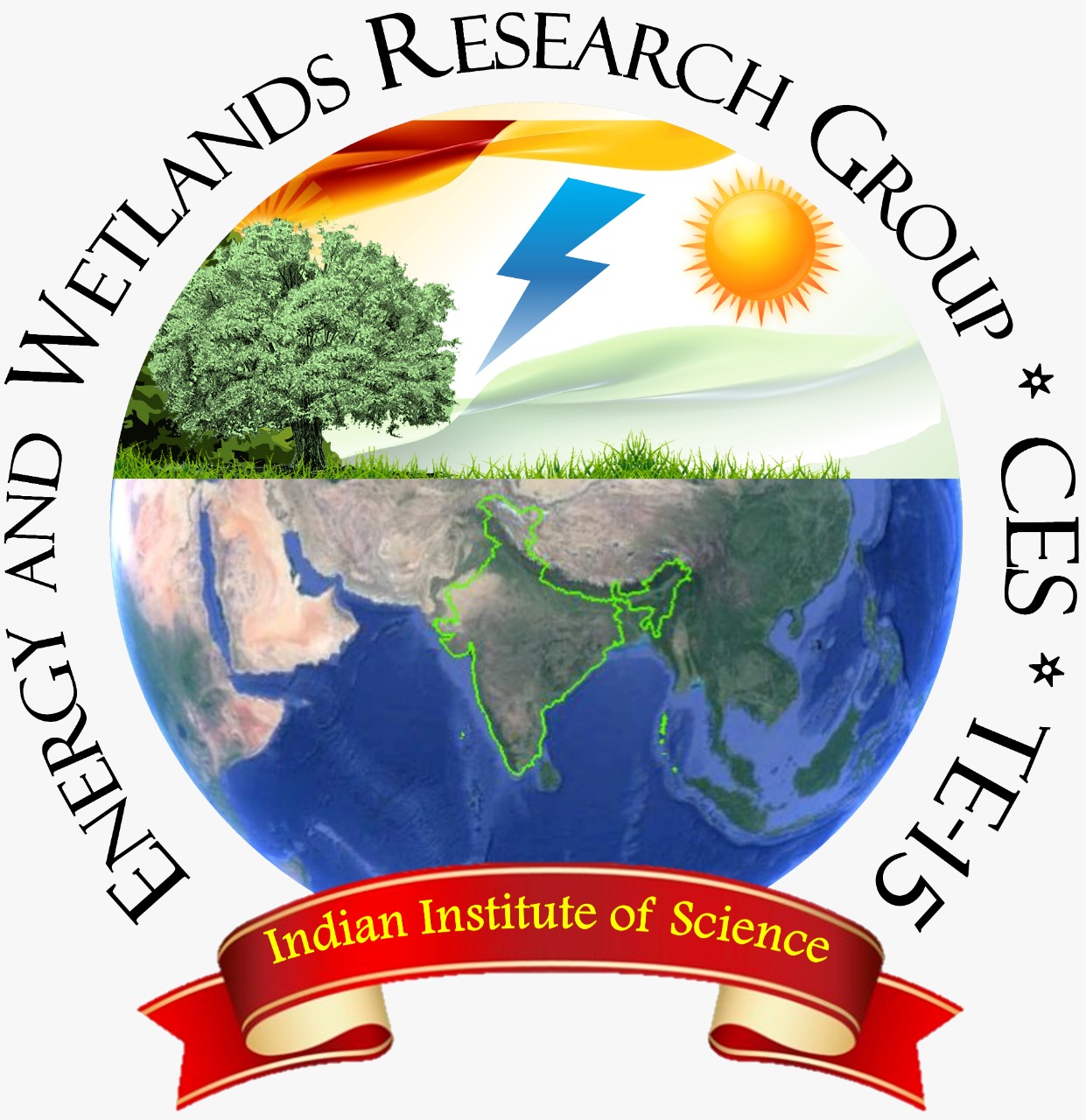T.V. Ramachandra Sayantani Chanda
1 Energy and Wetlands Research Group, Centre for Ecological Sciences [CES], 2 Centre for Sustainable Technologies (astra) 3 Centre for infrastructure, Sustainable Transportation and Urban Planning [CiSTUP] Indian Institute of Science, Bangalore – 560012, India. *Corresponding author: tvr@iisc.ernet.in
Citation :Sayantani Chanda, T.V.Ramachandra, 2021. Phytochemistry and
Therapeutic Potential of Turmeric (Curcuma longa) In: Encyclopedia of Life Support Systems
(EOLSS), Munir Ozturk (eds), MEDICINAL AND AROMATIC PLANTS OF THE WORLD (eBOOK),
https://www.eolss.net/outlinecomponents/medicinal-aromatic-plants-world.aspx
|
||||||||||||||||||||||||||||||||||||||||||||||||||||


